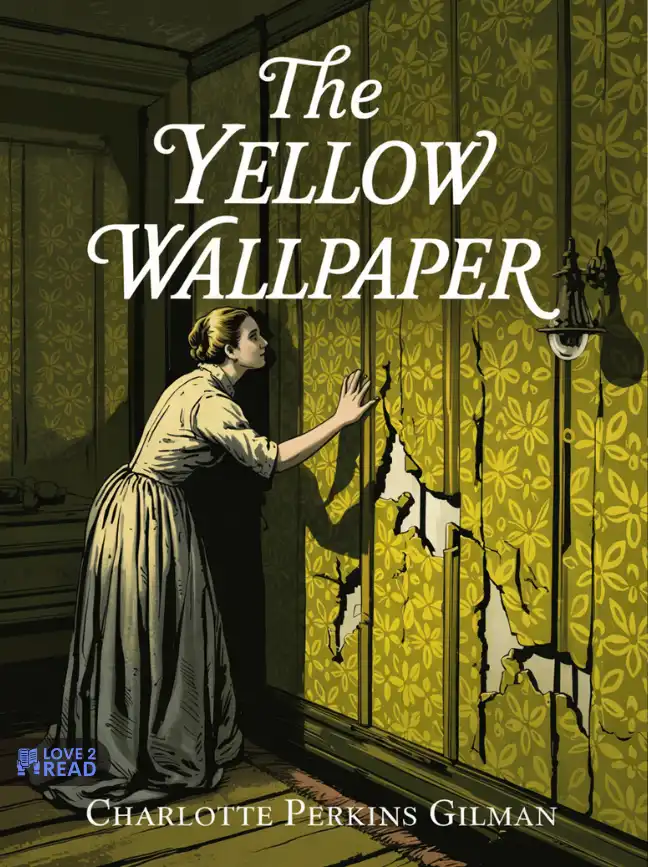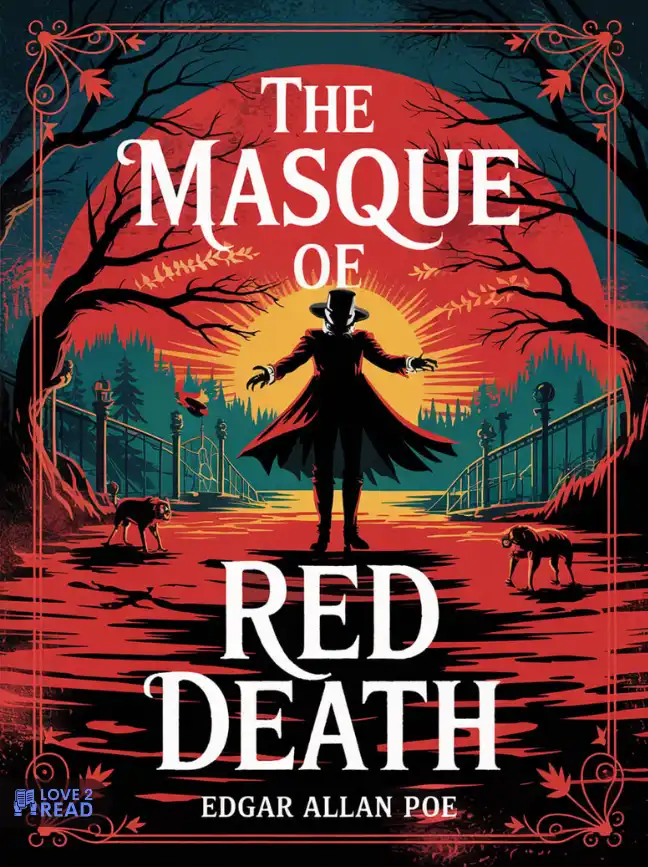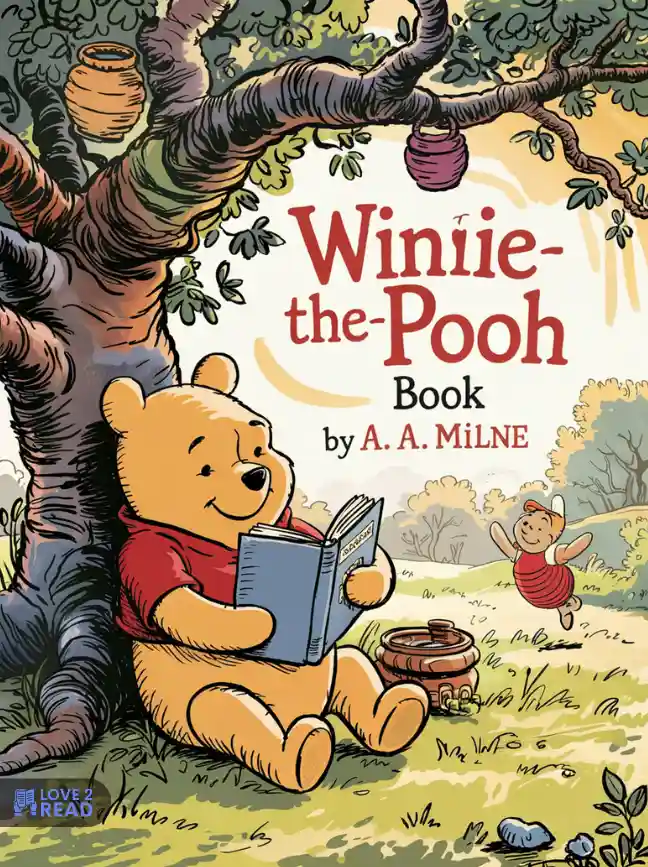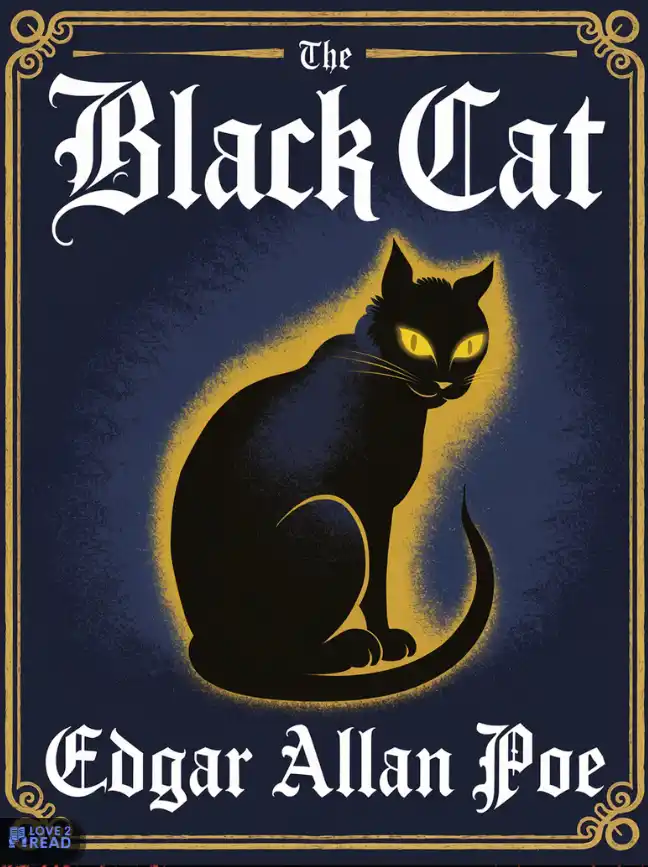The Yellow Wallpaper is a short story by Charlotte Perkins Gilman, first published in 1892. Written in the form of a series of journal entries, the story follows an unnamed woman who is suffering from what is likely postpartum depression. Her physician husband, John, prescribes the “rest cure,” confining her to a room in a rented house and forbidding her from working or writing. The room has hideous yellow wallpaper, which the narrator initially dislikes but soon becomes obsessed with as her mental health declines.
As the story progresses, the woman begins to believe that there is a woman trapped behind the wallpaper’s pattern. She becomes fixated on freeing this imaginary figure, symbolizing her own feeling of imprisonment and loss of identity. In the end, her descent into madness culminates in her tearing down the wallpaper and declaring that she herself has escaped. The story is a powerful feminist critique of the medical and societal treatment of women’s mental health in the 19th century, highlighting themes of isolation, oppression, and psychological struggle.






